Proposal for Recycling Used Sanding Belts into Sustainable Agricultural Planters
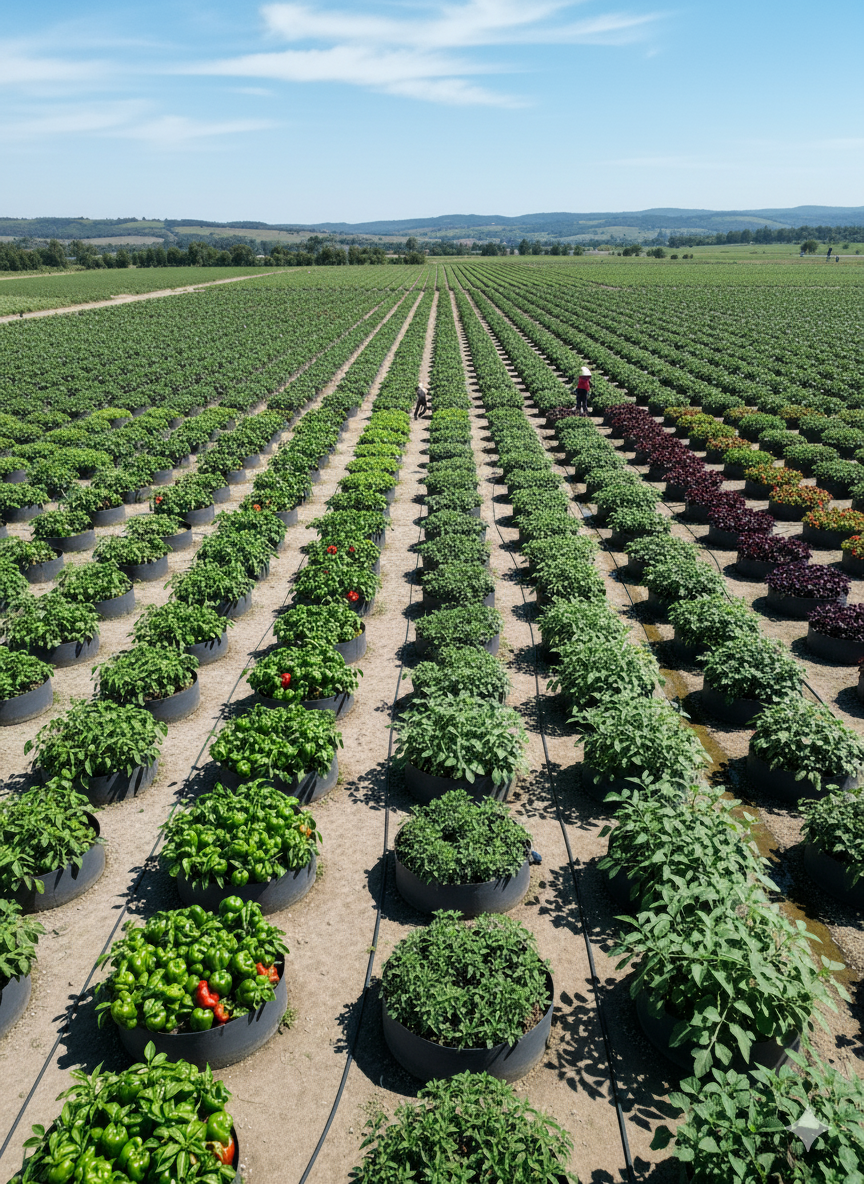
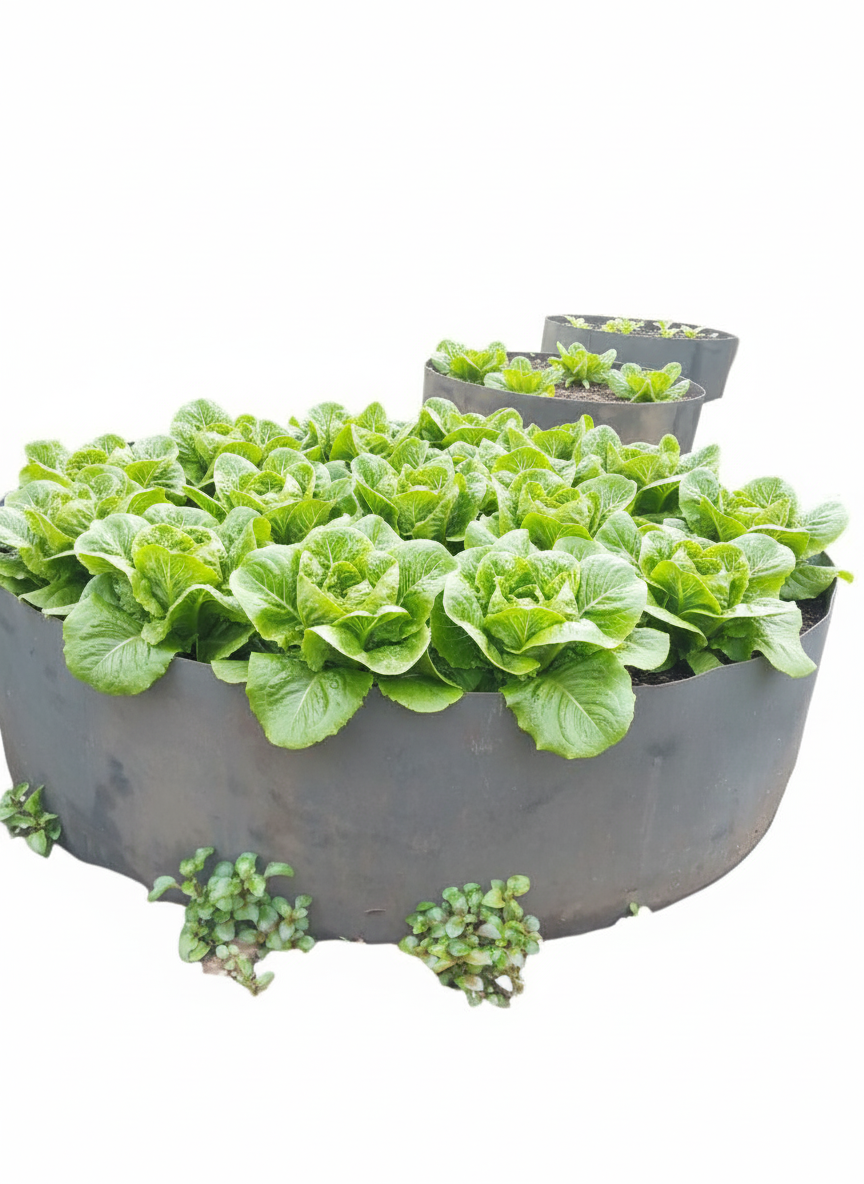
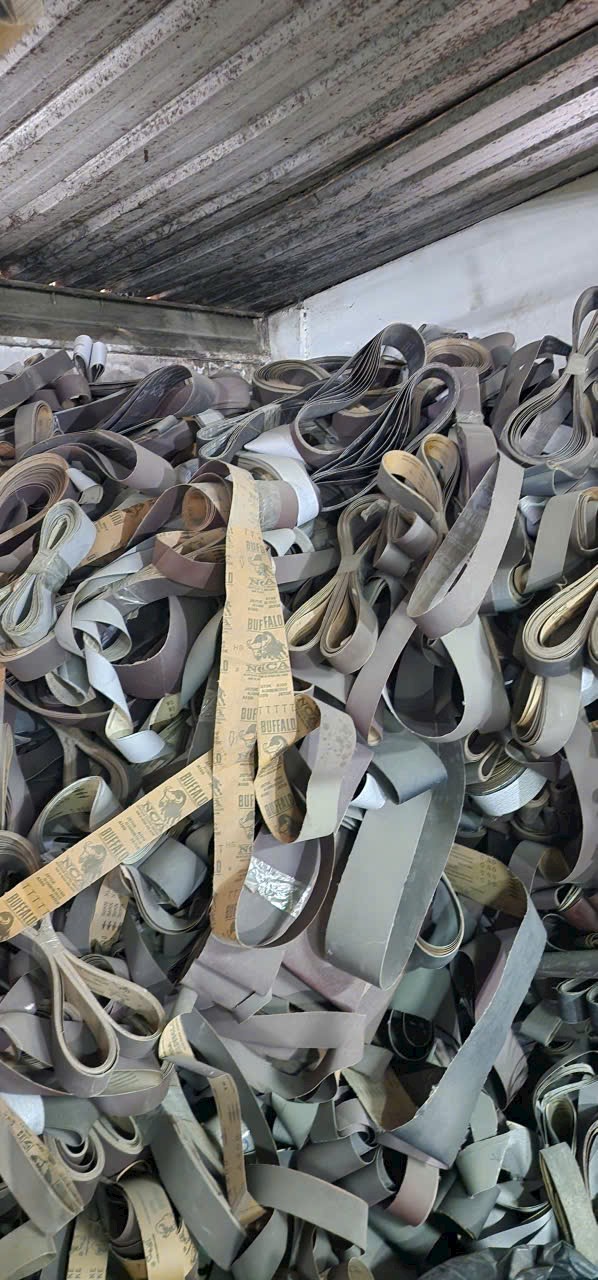
Proposal for Recycling Used Sanding Belts into Sustainable Agricultural Planters:
A Partnership for Green Innovation in Vietnam
Executive Summary
Vietnam Green Landscape Architecture Joint Stock Company (Vietnam Xanh) proposes an innovative project to recycle discarded sanding belts from woodworking industries into durable, circular planters for vegetable and fruit farming. This initiative addresses environmental waste challenges while promoting sustainable agriculture practices. By transforming industrial waste into functional agricultural materials, the project aims to reduce landfill contributions, lower farming costs, and enhance soil conservation in raised-bed systems.
The project will commence with a pilot implementation on a 1-hectare vegetable farm in Khánh Hòa Province, Vietnam. We seek collaboration with the Australian Embassy in Vietnam through programs such as the Australian Centre for International Agricultural Research (ACIAR) or the Aus4Innovation Partnership Grants, which align with Australia-Vietnam priorities in green growth, digitalization, and climate-smart agriculture. This partnership could provide technical expertise, funding, and knowledge exchange to scale the project, contributing to Vietnam’s Socio-Economic Development Strategy 2021-2030 and Australia’s Development Partnership Plan 2025-2030.
Estimated initial budget: AUD 150,000 (including R&D, materials processing, and pilot setup). Expected outcomes include recycling 5-10 tons of waste annually, creating 500-1,000 planters, and demonstrating a 20-30% reduction in farming setup costs for smallholders.
Introduction and Background
Company Overview
Vietnam Green Landscape Architecture Joint Stock Company (Vietnam Xanh) specializes in sustainable landscape design, environmental architecture, and green infrastructure solutions. Established in Vietnam, we focus on integrating eco-friendly materials into urban and rural projects to promote biodiversity and resource efficiency. Our portfolio includes landscape planning for parks, farms, and residential areas, with a strong emphasis on circular economy principles.
Website: VNArchitect.Com
Email: vnamgreen@gmail.com
Contact Person: Ms. Hồng Hạnh
Project Context
Vietnam’s woodworking industry generates significant waste, including used sanding belts (abrasive belts coated with grit for surface finishing). These belts, often made from durable cloth or paper backings, are typically discarded after use, contributing to landfill pollution and environmental degradation. Annually, thousands of tons of such waste are produced in industrial hubs, posing challenges for waste management and sustainability.
Inspired by global recycling innovations, this project repurposes these belts into circular planters—robust, ring-shaped containers for raised-bed farming. As depicted in the provided images, these planters mimic large, durable pots used in modern agriculture, allowing for efficient vegetable and fruit cultivation. The first image shows a pile of discarded sanding belts from a woodworking workshop, highlighting the raw material source. Subsequent images illustrate similar circular planters in operational farms, where workers harvest lettuce and other crops in organized, elevated beds that conserve water, prevent soil erosion, and optimize space.
This approach aligns with Vietnam’s green growth goals and Australia’s expertise in sustainable agriculture, as seen in ACIAR’s long-term collaborations with Vietnam (over AUD 100 million invested since 1993 in 170 projects focused on agriculture, forestry, and fisheries).
Problem Statement
Environmental Waste: Discarded sanding belts contribute to non-biodegradable waste, exacerbating pollution in Vietnam’s industrial sectors. Without recycling, these materials release microplastics and chemicals into ecosystems.
Agricultural Challenges: Smallholder farmers in regions like Khánh Hòa face high costs for planting materials, soil degradation, and water inefficiency. Traditional farming methods often lead to overuse of resources, while climate change intensifies vulnerabilities in food production.
Opportunity Gap: There is untapped potential to link industrial waste streams with agricultural needs, fostering a circular economy. Current Australian-Vietnamese partnerships (e.g., Aus4Innovation and ACIAR) emphasize innovation in green agriculture but lack specific initiatives on recycling abrasive materials for farming tools.
Objectives
Primary Objectives
Develop a scalable process to recycle used sanding belts into circular planters suitable for vegetable and fruit cultivation.
Implement a 1-hectare pilot farm in Khánh Hòa to demonstrate the planters’ efficacy in real-world conditions.
Reduce industrial waste by 5-10 tons per year through initial collection and processing.
Secondary Objectives
Promote climate-resilient farming practices, such as water-efficient raised beds, to support smallholders.
Foster Australia-Vietnam collaboration, leveraging Australian expertise in sustainable materials and agriculture (e.g., via ACIAR’s focus on digital and green growth).
Scale the project nationally, potentially integrating digital traceability for waste collection and planter distribution.
Methodology and Approach
Phase 1: Research and Development (Months 1-6)
Waste Collection: Partner with woodworking factories in southern Vietnam to collect used sanding belts (e.g., brands like Buffalo Niagara as shown in the images).
Material Processing: Clean belts to remove abrasive grit, then cut and coil them into circular forms (diameter: 0.5-1 meter, height: 20-30 cm). Reinforce with eco-friendly binders or stitching to create sturdy planters. Testing for durability, soil compatibility, and non-toxicity will be conducted in collaboration with local labs.
Innovation Integration: Explore Australian technologies, such as AI-powered traceability from Aus4Innovation grants, to track waste from source to farm.
Phase 2: Pilot Implementation (Months 7-12)
Site Selection: A 1-hectare vegetable farm in Khánh Hòa, focusing on crops like lettuce, herbs, and fruits (as visualized in the farm images).
Deployment: Install 500-1,000 recycled planters, integrated with drip irrigation for water savings. Train 20-30 farmers on usage and maintenance.
Monitoring: Use simple metrics (yield increase, waste diversion) and potentially digital tools for data collection.
Phase 3: Evaluation and Scaling (Months 13-18)
Assess environmental impact (e.g., carbon footprint reduction) and economic benefits.
Seek expansion through additional partnerships, targeting 5-10 hectares across Vietnam.
This methodology draws from successful Australian-Vietnamese projects, such as ACIAR’s climate-smart agriculture initiatives and the Business Partnerships Platform’s focus on sustainable value chains.
Expected Outcomes and Impact
Environmental: Divert 5-10 tons of waste from landfills annually; reduce plastic pollution; promote biodiversity in farms.
Economic: Lower planter costs by 50% compared to commercial alternatives, boosting farmer incomes by 15-20% through higher yields.
Social: Empower smallholders, especially women and rural communities, aligning with Australia’s gender equality focus in development aid.
Partnership Benefits: Strengthen bilateral ties, with potential for knowledge transfer on recycling tech from Australia (e.g., CSIRO’s Ending Plastic Waste Mission, adaptable to abrasive materials).
Budget Estimate
Category
Description
Estimated Cost (AUD)
R&D and Processing Equipment
Cleaning tools, binding materials, lab testing
50,000
Pilot Farm Setup
Planters production, irrigation, seeds
40,000
Training and Monitoring
Workshops, digital tools, evaluations
30,000
Personnel and Overhead
Staff salaries, travel
20,000
Contingency
Unexpected costs
10,000
Total
150,000
Funding could be sought via Aus4Innovation Partnership Grants (AUD 300,000-700,000 range) or ACIAR co-investment.
Timeline
Months 1-3: Waste sourcing and initial processing trials.
Months 4-6: Prototype development and testing.
Months 7-12: Pilot farm rollout and monitoring.
Months 13-18: Evaluation, reporting, and scaling planning.
Team and Potential Partners
Vietnam Xanh Team: Led by Ms. Hồng Hạnh, with experts in landscape architecture and sustainability.
Australian Partners: We propose collaboration with ACIAR for agricultural research or Aus4Innovation for grant support. Additional involvement from CSIRO could enhance material innovation.
Local Stakeholders: Woodworking associations, Khánh Hòa farmers’ cooperatives, and Vietnam’s Ministry of Agriculture and Rural Development.
Conclusion
This project represents a novel intersection of industrial recycling and green agriculture, directly supporting shared Australia-Vietnam goals in sustainability and innovation. By partnering with the Australian Embassy’s environmental programs, we can accelerate impact and create a model for regional replication. We welcome discussions to refine this proposal and explore funding opportunities.
For further information or to schedule a meeting, please contact:
Ms. Hồng Hạnh
Vietnam Green Landscape Architecture Joint Stock Company
Email: vnamgreen@gmail.com
Website: VNArchitect.Com

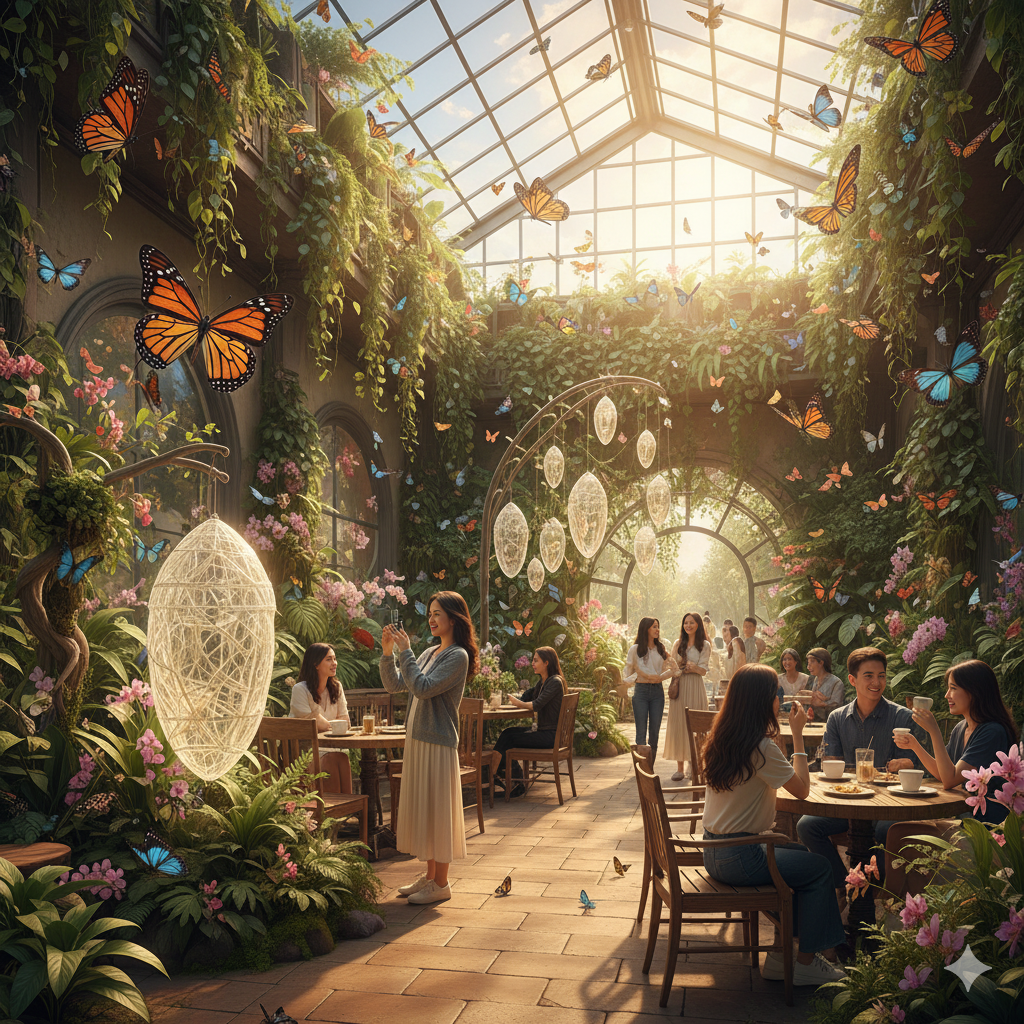 Step into a Magical Garden Café Experience
Step into a Magical Garden Café Experience 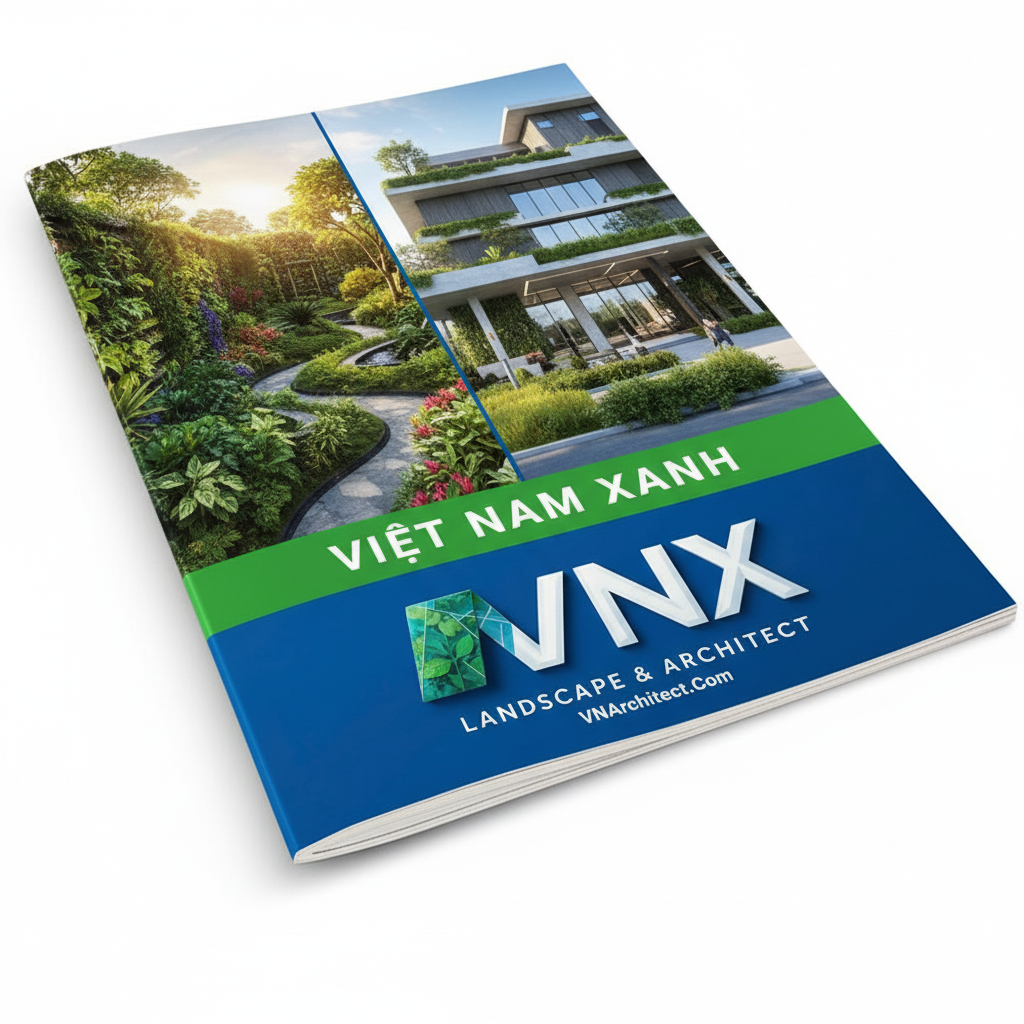 🌿✨ Discover the Art of Green Living with VNX ✨🌿
🌿✨ Discover the Art of Green Living with VNX ✨🌿 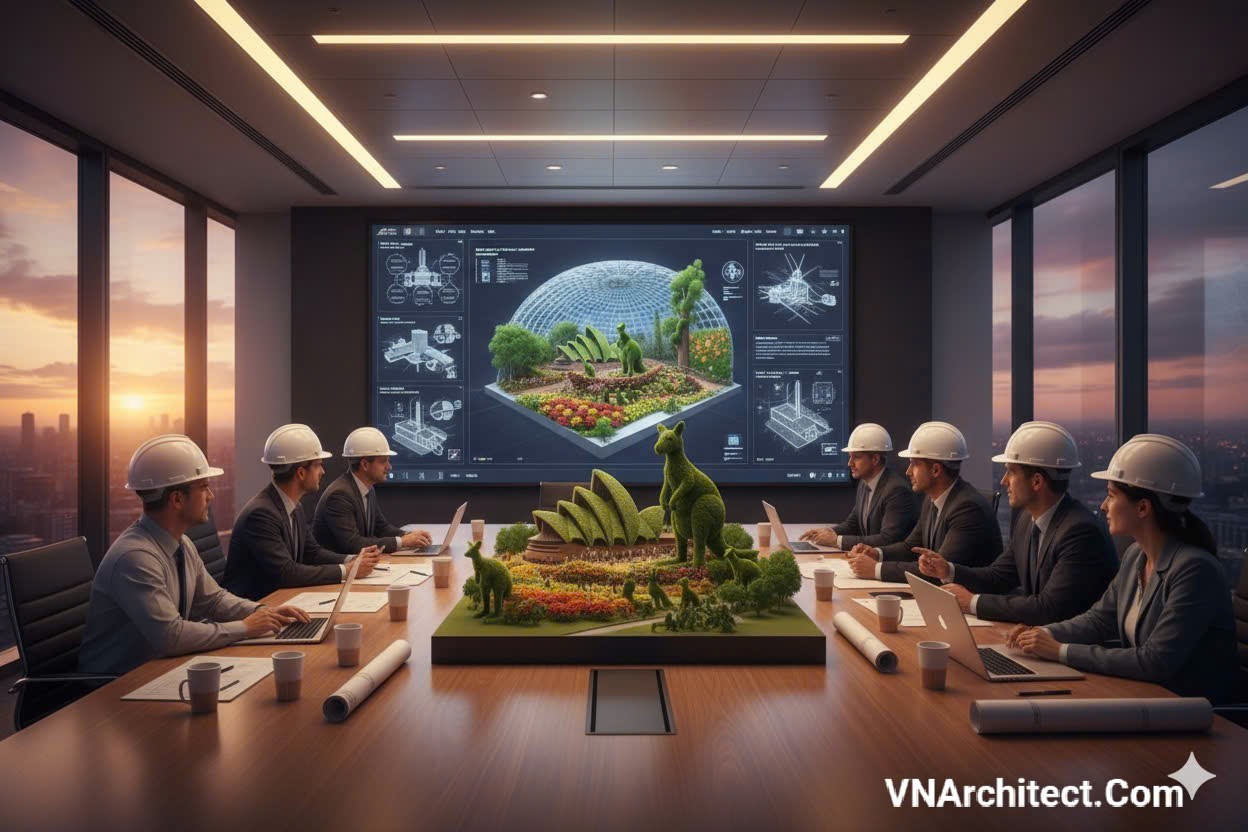 Australia Concept
Australia Concept  Cải tạo cảnh quan sân Golf
Cải tạo cảnh quan sân Golf 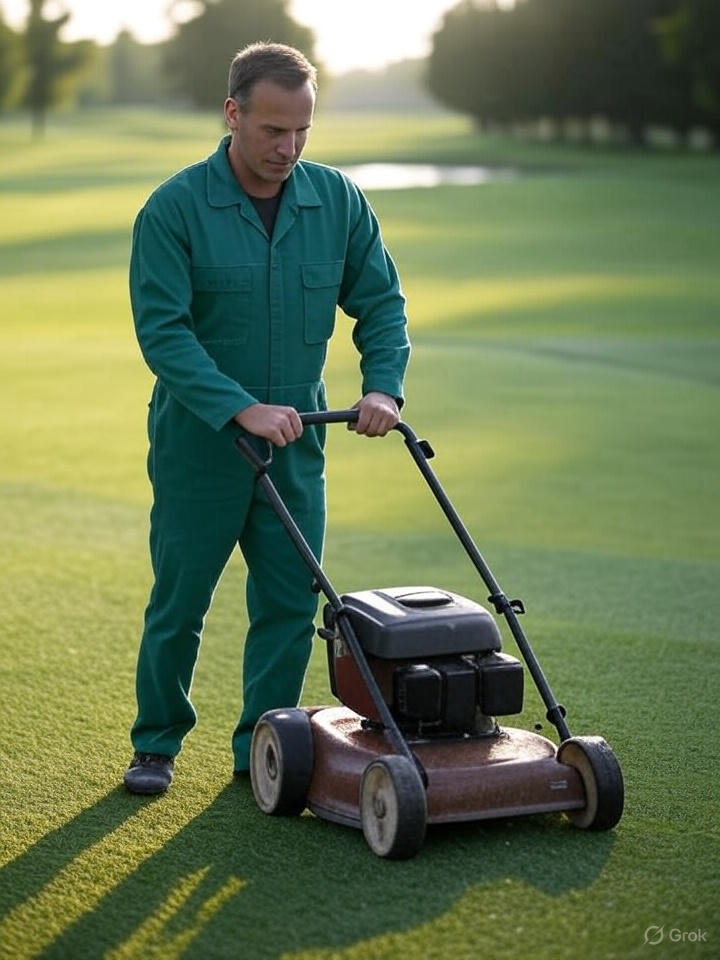 Quy trình chăm sóc bảo dưỡng cỏ sân Golf
Quy trình chăm sóc bảo dưỡng cỏ sân Golf 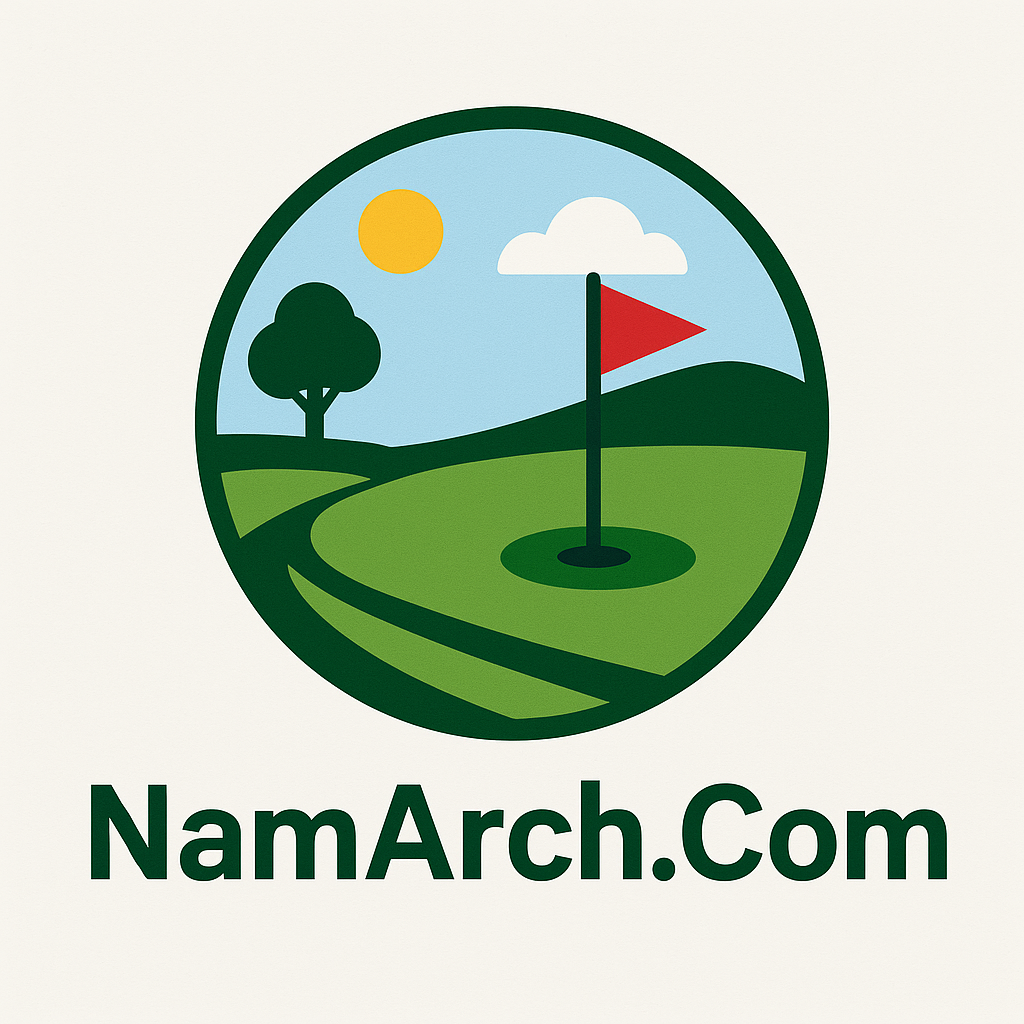 Nẳng suất lao động công việc bảo dưỡng cỏ sân Golf
Nẳng suất lao động công việc bảo dưỡng cỏ sân Golf
Bình luận trên Facebook